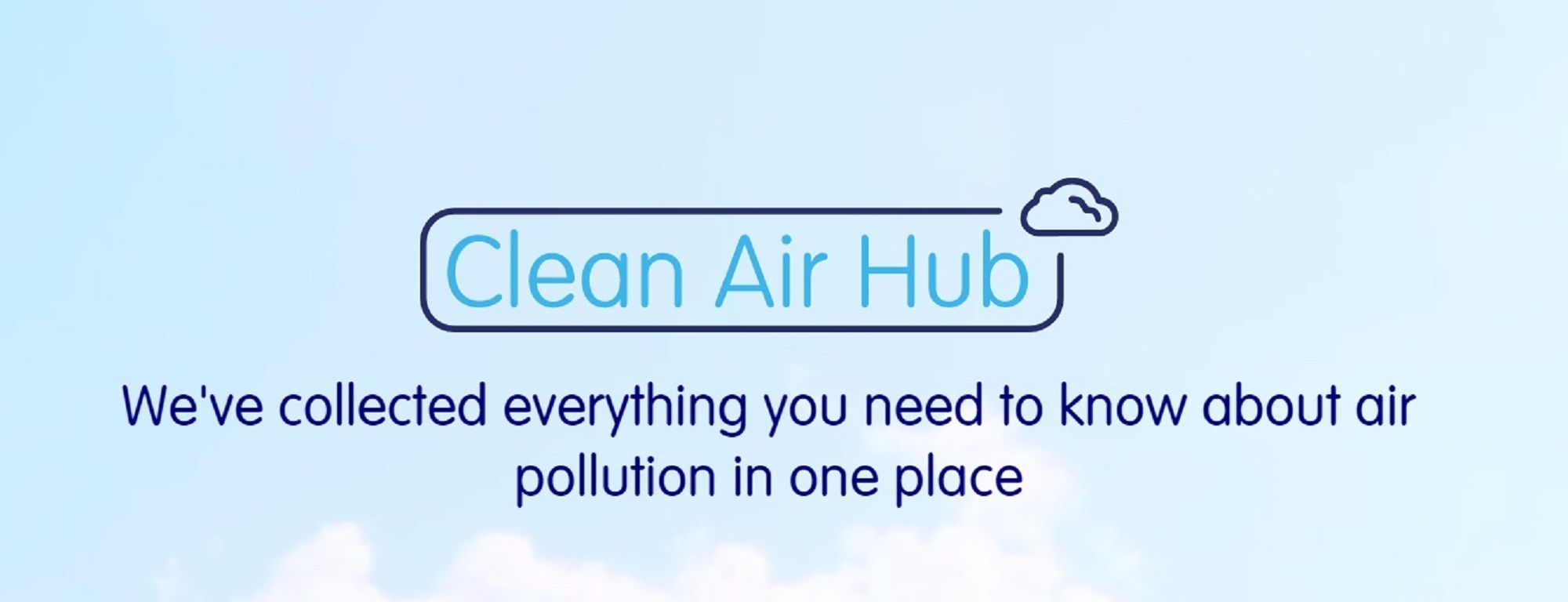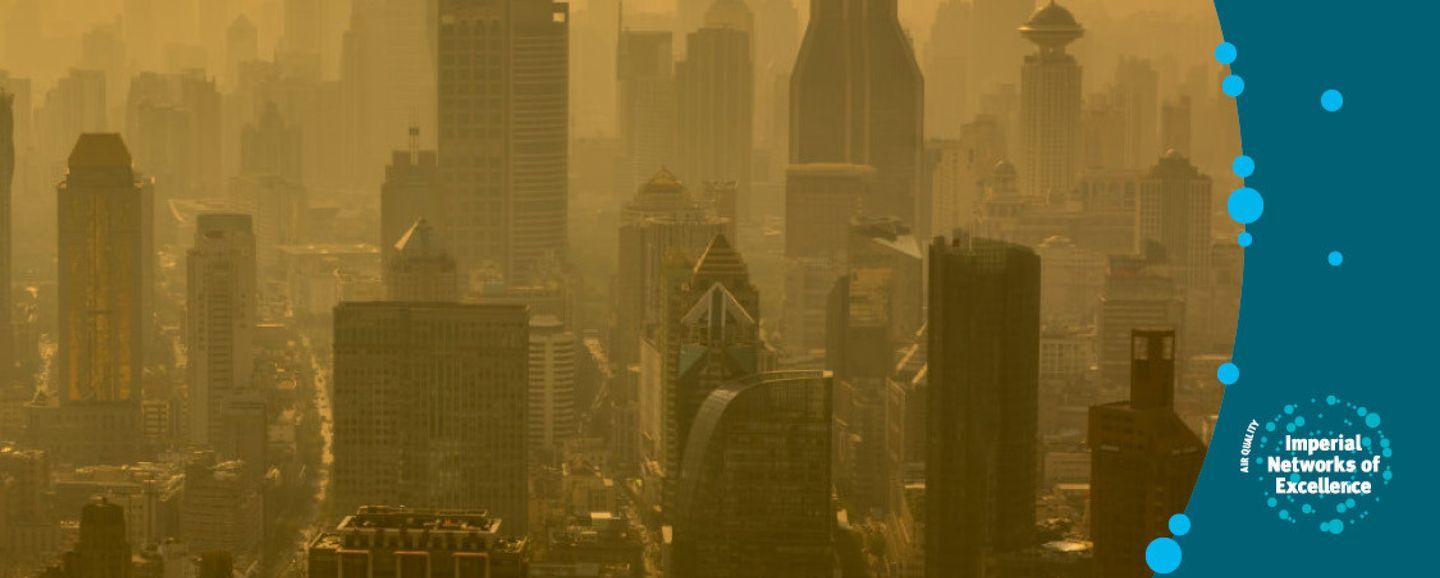Air pollution problems, especially those relating to particulate matter (PM), are complex due to their multiplicity of sources (e.g. vehicle exhaust and non-exhaust, industry, power generation, domestic fuel burning, construction activities, etc.).
To develop effective policies to reduce air pollution concentrations it is first necessary to identify and quantify the different sources.
Our early PM source apportionment techniques started with NOX tracer approaches leading to findings that PM from London is not falling as expected and much of the apparent improvement in urban air pollution is due to decreases in the regional background. Source apportionment through NOX tracer methods are now important inputs for the PM modelling undertaken for the London Mayor’s Air Quality Strategy.
More recently our source apportionment work has focused on the use of PM chemical composition to differentiate the PM sources to a greater degree and had helped to quantify effects of London’s dust suppression activities.
Looking to the future new highly time-resolved measurements of PM chemical composition and size through new aerosol mass spectrometers, aethalometers and field based ion chromatography combined with detailed measurements of traffic flow and composition.
These offer new opportunities to determine real world pollution emissions and to further refine our air pollution modelling and population exposure assessments.
Social media
Keep up to date by following us on our social channels
Twitter: ERGImperial | YouTube: Environmental Research Group


